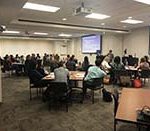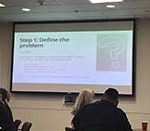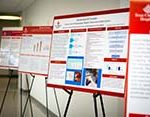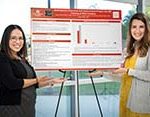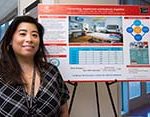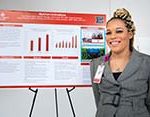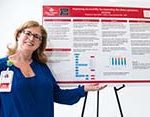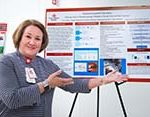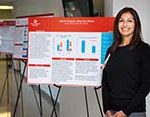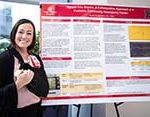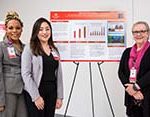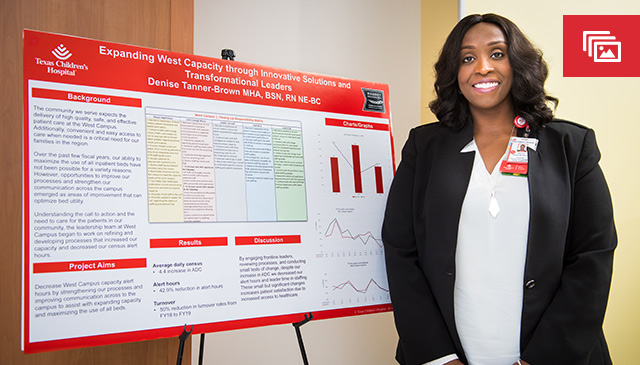
This fiscal year The West Campus Quality, Innovation, and Research Strategic Imperative team implemented two unique and informative events to engage and educate staff and providers on the importance of quality improvement work and its impact on improving patient care and outcomes.
“It stemmed from the four strategic imperatives for the organization, one of them being research quality and innovation,” Texas Children’s Hospital West Campus Assistant Vice-President Matt Timmons said. “It’s really about awareness, and a celebration of the improvements that were made over the last year.”
On August 29, dozens of employees from all disciplines attended West Campus’ Quality Boot camp which was geared toward enhancing their Quality Improvement (QI) knowledge and skills through an interactive education session applying the Institute of Healthcare Improvement’s quality tools listed below:
- A Cause and Effect Diagram that helps you analyze the root causes contributing to an outcome.
- Failure Modes and Effects Analysis, which is a systematic, proactive method for identifying potential risks and their impact.
- Run Charts and Control Charts that help monitor performance and visualize variation.
- The Plan-Do-Study-Act (PDSA) worksheet that helps teams assess whether a change leads to improvement using a methodical learning process.
“I appreciate going through the steps as a group and then getting to apply the knowledge for our own project,” a participant commented in a follow up survey.
In addition to the boot camp, on October 10, West Campus hosted a Quality Showcase. This event gathered West Campus staff and providers to listen and discuss visual presentations that highlighted innovative solutions through quality projects that have had a positive impact on patient care, outcomes, and access
In alignment with the organization’s strategic requirements, the West Campus leadership developed these efforts to inform, motivate, and execute quality effectively.
“You have to practice quality,” Texas Children’s West Campus Assistant Director of Respiratory Care Clinic, Gboly Harris said. “With this initiative we want to ensure that everyone is aware of quality practices to ultimately improve outcomes for patients.”
Upon providing background information each presenter was asked to set sustainable goals in their areas, document the outcomes and preventative steps, and effectively expound on their model of care. Below are the 10 quality project focuses presented at the showcase:
- Expanding West capacity through innovative solutions and transformational leaders
- Preventing unplanned extubations together
- Depression screening of inflammatory bowel disease patients
- Alarm Fatigue
- Standardizing ear, nose, and throat (ENT) education, post-op care of otolaryngology patients in acute care
- MyChart activations
- Swarm into sepsis: A collaborative approach in a pediatric community emergency center decreasing appointment no-show rates
- Gastrostomy outcomes and improvement project and registered nurse training
- Direct Admit Patient Project
- Decreasing Appointment No Show Rates
“This showcase was encouraging to see people in their element, creating projects that they feel would be beneficial to other departments to have better quality of care for our patients,” Clinical Lead in Pediatric Surgical Services Caitlin Justus said. “Being able to have the opportunity to collaborate with others to gain tips on how we can succeed in our respective areas was very helpful.”
Following the showcase, Chief Quality Officer Dr. Eric Williams provided a few words to recap the information that was presented along with motivating employees to continue overcoming risk, meeting national guidelines and adopt other strategies they may have learned during those two hours.
“Patient safety is a large part of patient experience,” Williams said. “You cannot manage quality from one central space. It starts with your areas successfully providing tools to the rest of the campus that can ultimately enhance quality throughout the organization.”
Click here to learn more about each quality project.


